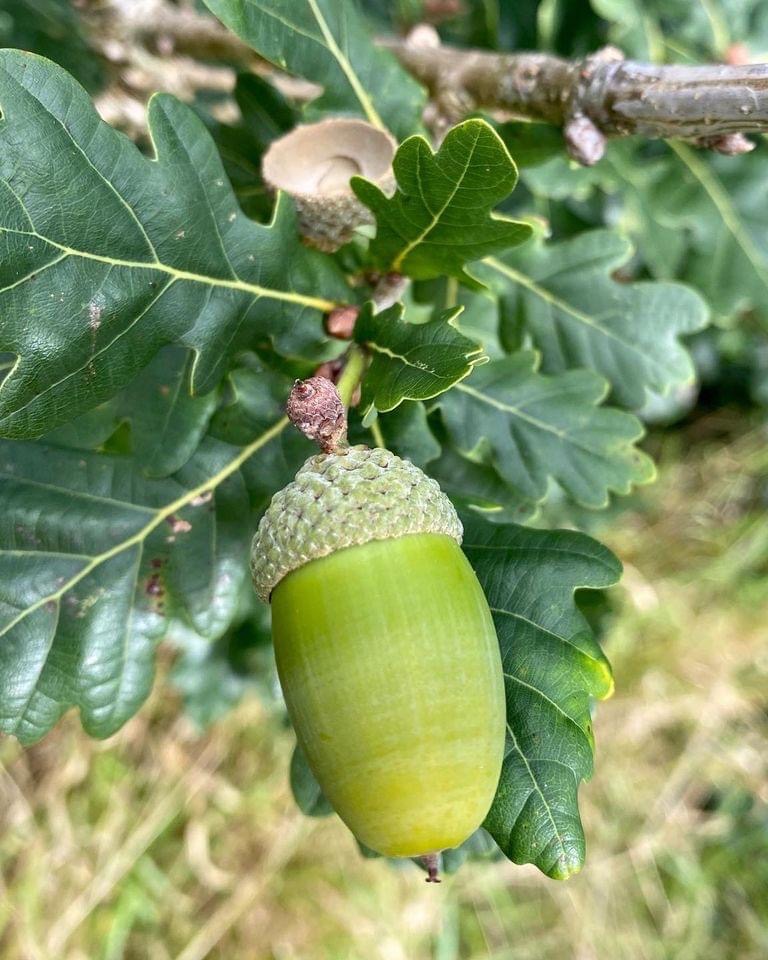A society grows great when old men plant trees whose shade they know they shall never sit in.
In 1999, in the middle of a campaign to preserve Ryebank Fields as a public amenity and green space, we were all encouraged, by the government and others, to plant trees for the millennium to combat global warming, now more accurately referred to as climate change. Even The Archers (Radio 4) planted a millennium wood.
As I walked around Ryebank Fields and Longford Park twice a day with my dogs I thought I could help reduce carbon emissions by populating it with oak trees. I collected acorns from several trees around Chorlton (to keep some genetic diversity) and planted a few every time I walked my dogs. I positioned the trees to complement the existing terrain and flora and to avoid encroaching on the gardens of current residents. My thoughts were, even if the trees were destroyed within a few years, they would have helped in some small way to combat climate change. Many of the trees were positioned to combat waterlogging of the fields, which was a major problem. In this I believe they have been successful (a tree can remove 100 gallons of water from the soil around its roots EVERY DAY, most of this is released into the air by the leaves). A tree may absorb 48 pounds of CO2 per year, that’s 1 ton of CO2 locked-up in 40 years. Each tree provides a day’s supply of oxygen for up to four people.1
Now, twenty years later, the trees that came up in the first year are quite a respectable size and more come up every year. I planted about 300 acorns over twelve months and I stopped counting new saplings some time ago, although I have been told that there are well over 100 oak trees on the site now. I chose oak because of its longevity, its ability to grow to a large size and its iconic Englishness.
In 2010 the UK was the least wooded country in Europe (11.8% by area compared to a European average of 44%). If this green area is destroyed what does MMU propose to do to replace it?
Written by a local resident
